Falafel w/ Dill & Green Onions
Falafel is one of my favorite Middle Eastern meals. It's surprisingly simple to make and doesn't even require cooking chickpeas, which is not necessarily my favorite thing! Although there is a lot of misinformation about making falafel, which can make it seem like a more daunting task than it is! When you're constantly bombarded with the conflicting information out there, it can be difficult to weed through the mess and figure out the best way to cook falafel and what is and isn’t essential.
These contradictory accounts make cooking falafel a little bit more difficult than it needs to be. It’s actually a relatively simple dish to make, when made correctly. When made incorrectly, it can be almost inedible.
Do you use dried or canned chickpeas?
Is it necessary to add flour and baking soda?
Do you really need a deep fryer??
Missinformation in Falafel Recipes
There's a lot of misinformation about making falafel. A lot of the time this comes out of necessity. If you’re trying to figure out what to do with that can of chickpeas in the back of your pantry? Then, you’re going to use a recipe that calls for flour and baking soda. If you don’t have a deep fryer? You’re going to use a recipe that calls for frying them in something like a skillet, oven, or air fryer.
At the end of the day, most of these recipes are possible. After all, most people aren't intentionally putting recipes out there that absolutely won’t work at all. However, the problem with this is that any Joe Schmo can say that they know what they’re doing. This leads to a lot of amateur cooks giving bad advise about the best way to cook thing. Simply because they're not the best informed or using the most traditional methods of doing things.
A lot of the time, this can be fun. I like to take elements from a multitude of different recipes and culinary genres and mix them together. This is how innovation happens. And there is something to be said for the hodgepodge, ramshackle type of cooking.
The problem with falafel, though, is that it isn't something that you can experiment too much with.
Can you add parsley and cilantro? Sure. Can you add hot peppers or chili flakes? Why not. Can you fry falafel without a deep fryer? Absolutely.
However, when it comes to more essential questions, like, Can you use cooked or canned chickpeas? And Should you add flour?
The answer is a resounding: No.
I’m also all for doing things by hand. But I would wager that you can’t make this recipe very successfully without a food processor, either.
Canned vs. Dried Chickpeas
One of the main debates about falafel is whether or not you can use canned chickpeas. And this is where most people go wrong. It’s VERY important that you use dried chickpeas, not canned or cooked.
The problem with doing this is that canned chickpeas are already cooked and sitting in a brine. This means that they're incredibly water-logged. Even cooked and not canned chickpeas have been soaking in water overnight and then simmered for hours. Which adds, you guessed it: more water.
Falafel is a fried food.
Water and oil do not mix.
Consequently, if you try to make falafel with cooked chickpeas, they'll break apart! Or even explode.
This seems like a very simple concept. But there is 0 oversight for putting out a recipe online and a lot of well-meaning people without enough culinary experience to know better will do everything that they can to make a recipe look like it works. After all, they're probably getting paid to do just that. And this kind of quick and easy at home recipe makes cooking seem less daunting.
When you've already started the cooking process at a disadvantage, it's no wonder that a lot of recipes don't work out. Or are made more complicated than they need to be.
This is where you get recipes adding things like flour, baking soda, and other fillers to compensate for the mistake of using canned or cooked chickpeas.
Flour, Baking Soda, & Other Additives
When the chickpeas have been cooked, canned, and/or otherwise water-logged, then you have to add something to compensate for this problem. The obvious solution is, use raw chickpeas. They're readily available in most grocery stores amongst the other dried beans and rice, often found in bulk bins, and/or in the "Health" or "Ethnic" food sections.
But soaking your own chickpeas requires the knowledge that cooked chickpeas aren't preferable and the foresight to soak them the night before.
This is the problem that I often come across when making anything that requires chickpeas. I have to know that I'm going to need them 12 hours ahead of time! While it may sound easy enough to just substitute canned chickpeas in a pinch, you're really not doing yourself any favors here.
Water-logged chickpeas then have to be dried out somehow. So, most recipes will start adding copious amounts of flour, starches, and other dry ingredients to try and make them hold together. However, this can make your falafels dense and gummy. The solution to this is to add baking powder, or other leaveners, in order to lighten them.
Falafel isn't a cake, though. It's not bread. It doesn't "rise."
Adding in these types of agents to fake the process might keep them from falling apart and may actually produce edible falafel. If it didn't work at all, we at least like to hope that the collective conscious will call it out. But quick and easy misinformation spreads faster! And it's difficult to put the cap back on it. This is why you may see recipes that do correctly soak the chickpeas, but then still add baking soda. Because, while this is entirely unnecessary, so many other recipes call for it that people just throw it in without second guessing it.
However, texture of floured and baking sodaed falafel still won’t be right and no amount of additives is going to make these light and airy again.
Onions, Herbs, & Seasonings
Now that we've established that you must use dried chickpeas and don't need flour or baking soda, you can start to experiment. Some people like red onions, some people like yellow onions, some people like green onions, some people like scallions, and some people don’t really like onions at all. Your real binder in this recipe is the chickpeas, though. The onion is more for flavor than anything else. Adding too much can increase the amount of liquid and make it difficult for the falafels to stick together when frying. However, I’ve seen up to an entire yellow onion before it starts to interfere with the texture. I personally prefer 1/4 of a yellow onion or a whole shallot.
Similarly, adding parsley is more traditional. You can use any combination of herbs to taste, though. A lot of people like to add cilantro in a 50/50 parsley and cilantro mixture. Personally, I’m allergic to parsley and cilantro. When I’m cooking for myself, I like to use dill because I can tolerate it better.
How you flavor your falafel is largely personal taste. As long as you don't add too much liquid or too much dry ingredients to upset the texture, seasoning is up to you.
Deep Fried vs. Lightly Fried in a Skillet, Baked in the Oven, or Air Fried
Another thing that is up to personal preference is how you fry your falafel.
If you have a dedicated deep fryer for your home? This is an excellent opportunity to break it out!
If not, you can still deep fry them by setting up your own version. Use a deep, heavy pot or wok, fill it with 2-3 inches of high-temperature cooking oil, and slowly bring it up to about 300-325 degrees Fahrenheit. As with any deep fryer scenario, just be careful not to drop anything with too much water into it. Best case scenario, a water-logged falafel will break apart in the oil and disintegrate before your eyes. Worst case scenario, water and oil do not mix. They can bubble, spark, and even explode out of the oil. This can be very dangerous and is another reason that you don't want to use canned or cooked chickpeas!
Frying can be done carefully and safely. It isn't my preferred method, though. I like to add about 1/4-1/2 inch of oil to a skillet over medium-high heat and rotate the falafel until cooked throughout. This will take longer to do, but it requires less oil and is a more forgiving cooking process.
You can also spritz the falafel with a hefty dose of oil and bake in the oven or air fryer at 400 degrees Fahrenheit. This requires the least amount of oil and can keep wetter falafel from breaking apart. Although it does run the risk of drying them out. So, make sure to oil thoroughly and potentially rotate and oil again halfway through the cooking process.
Gallery
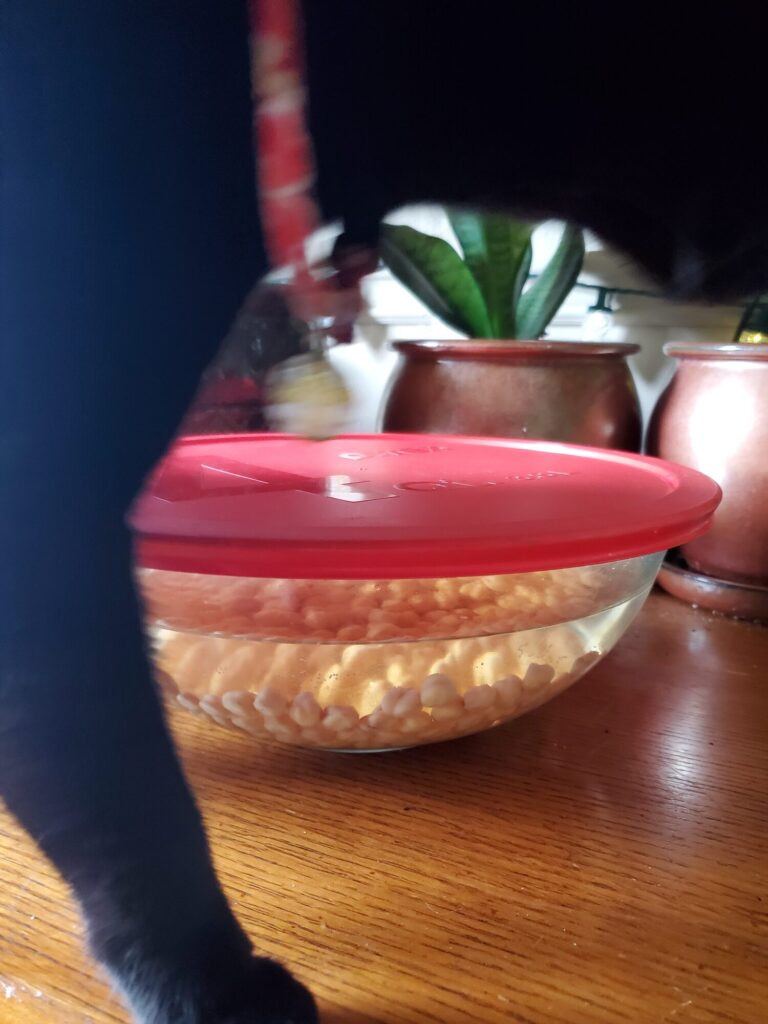
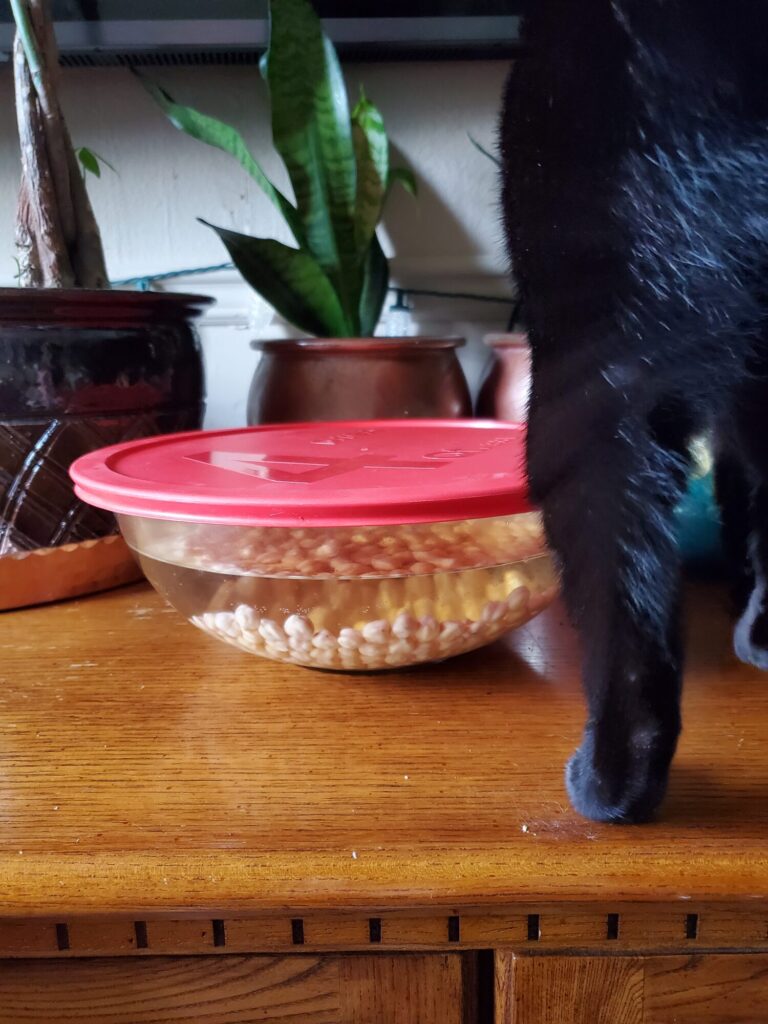
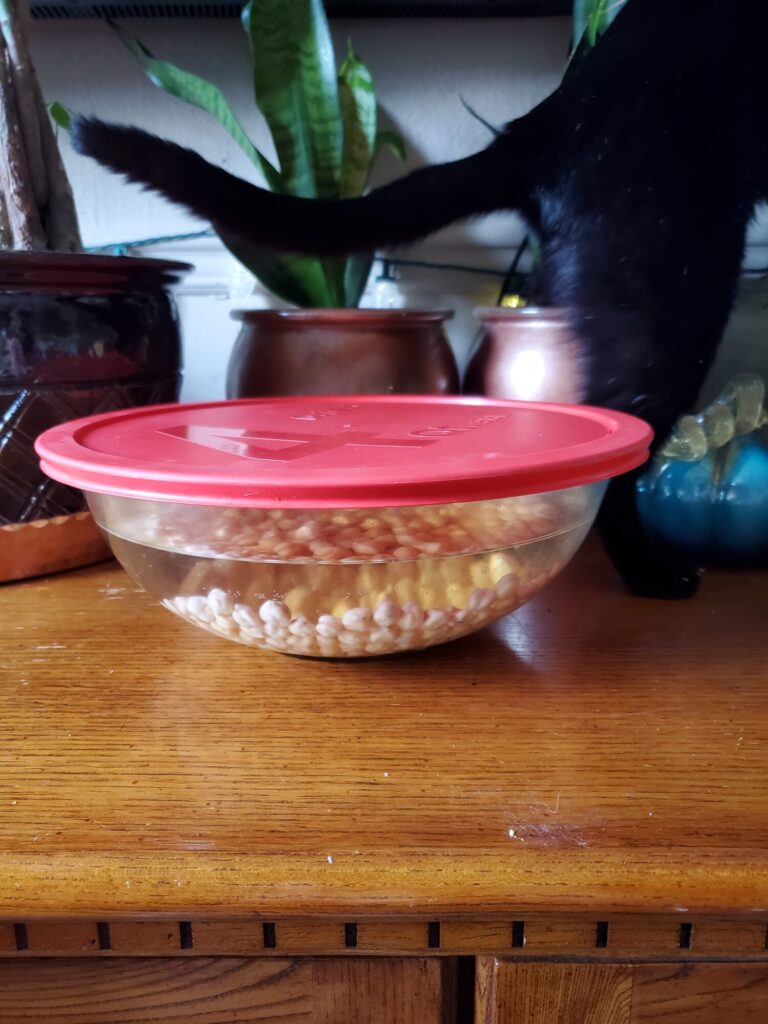


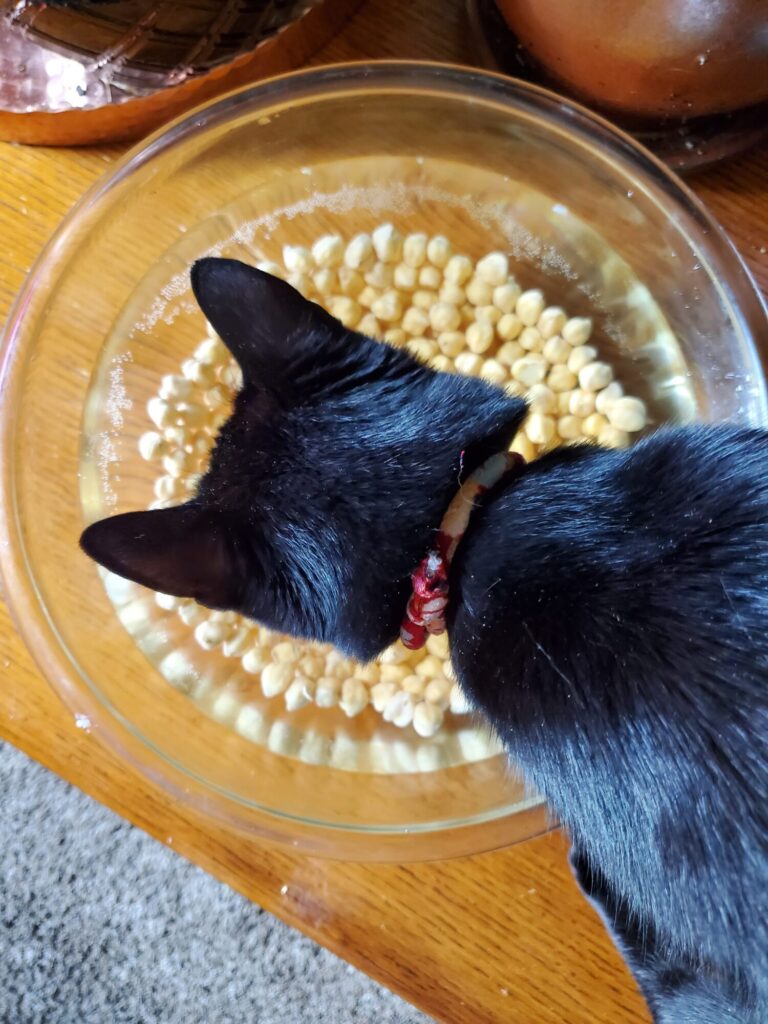
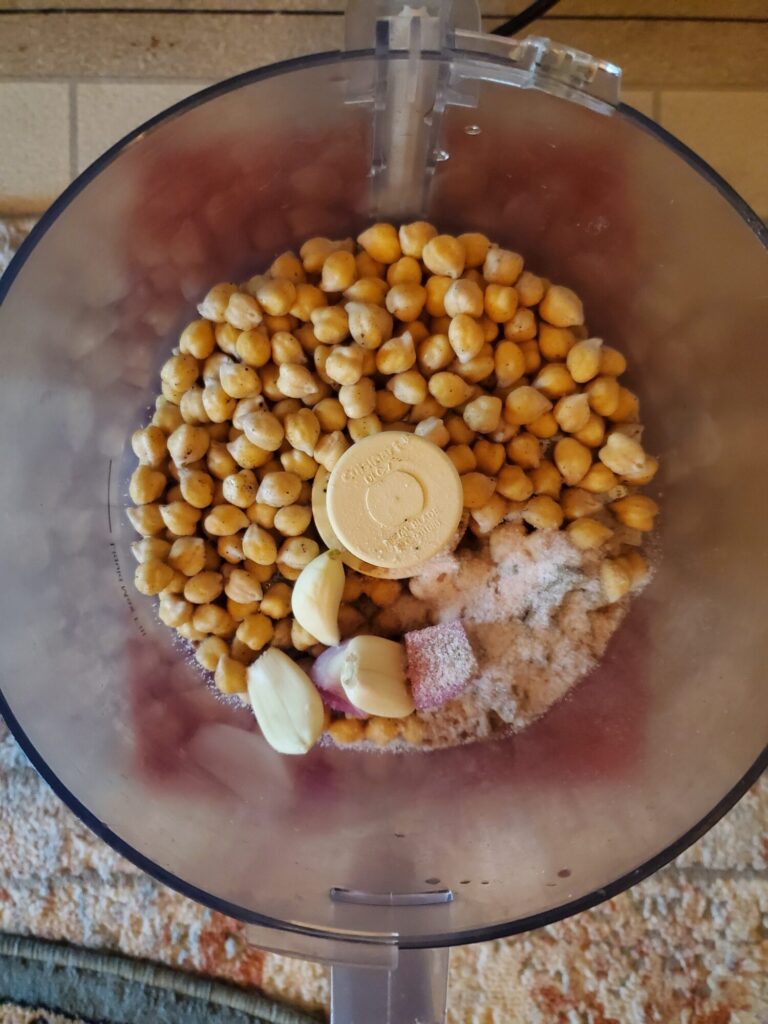

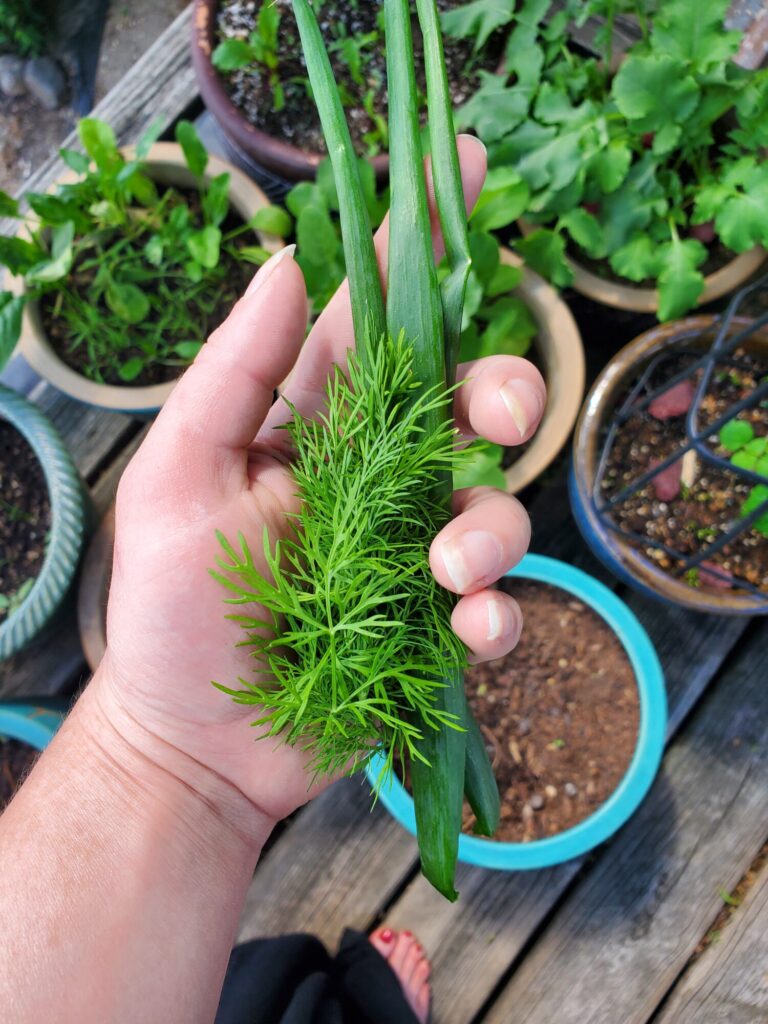
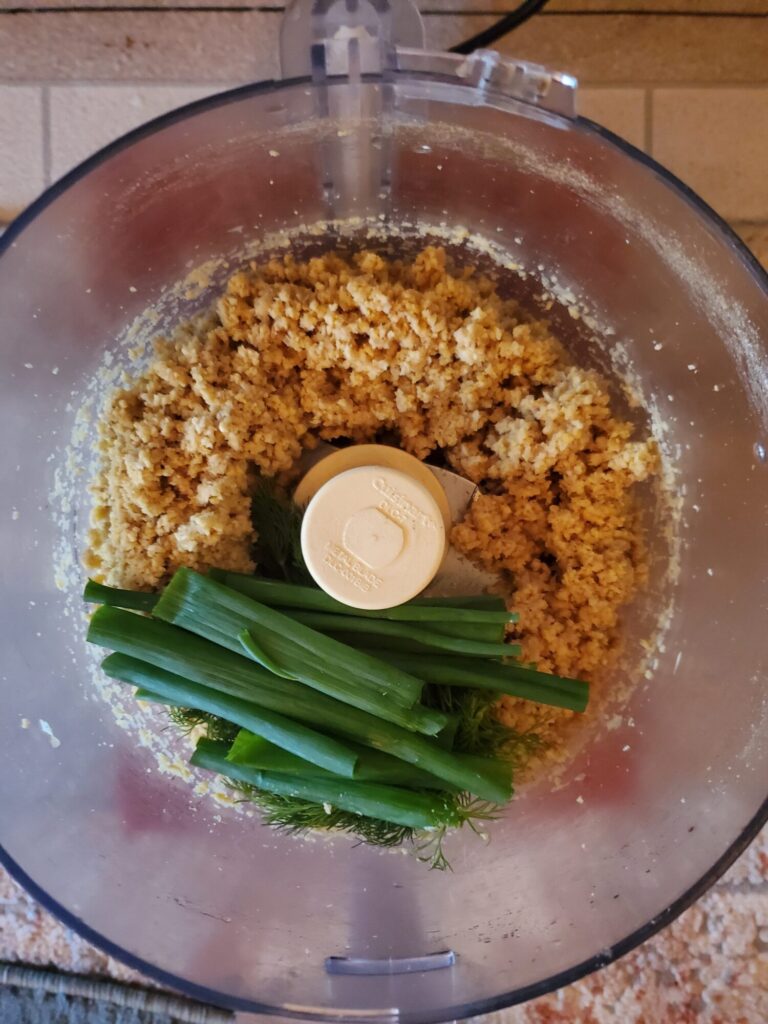
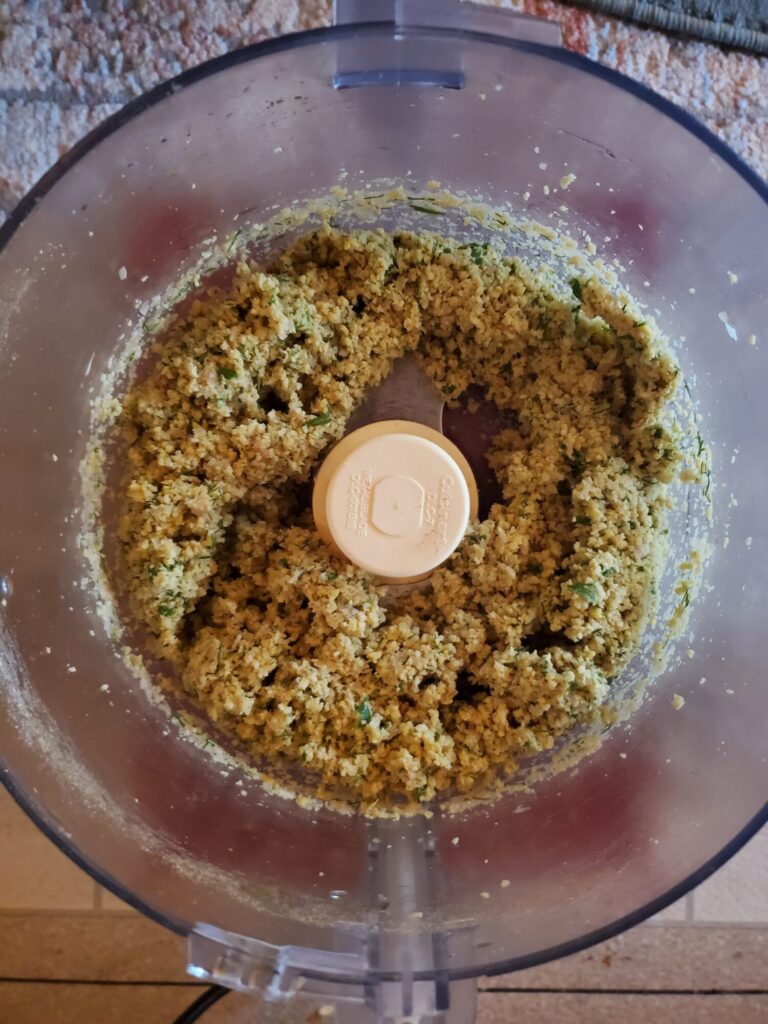

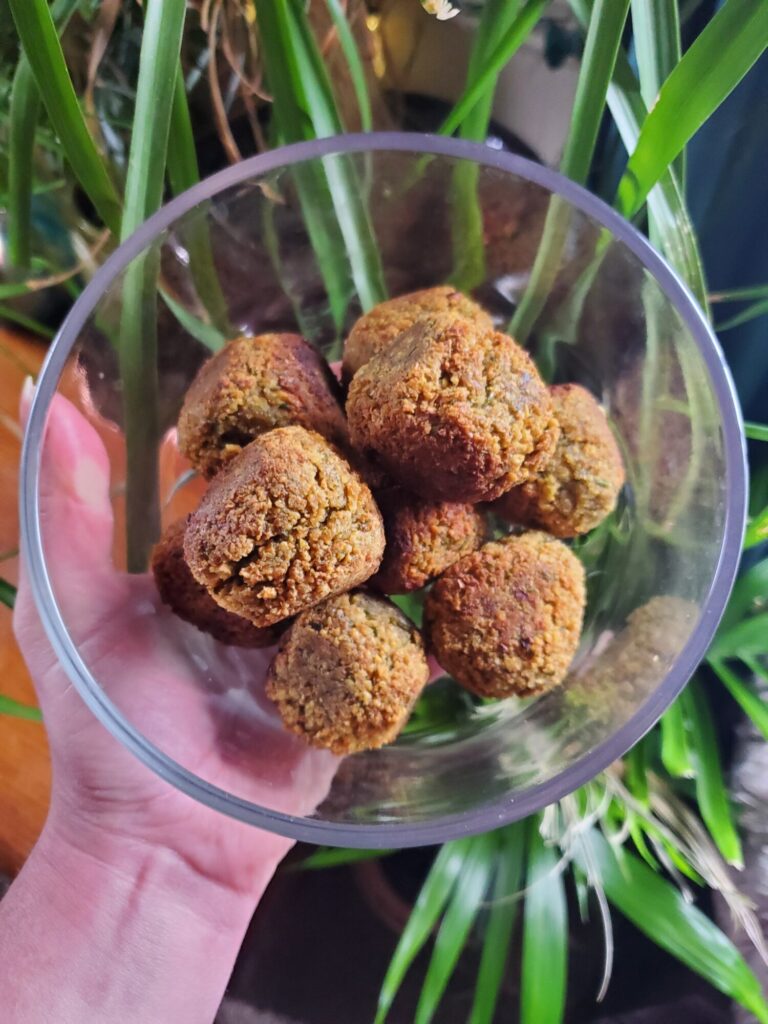
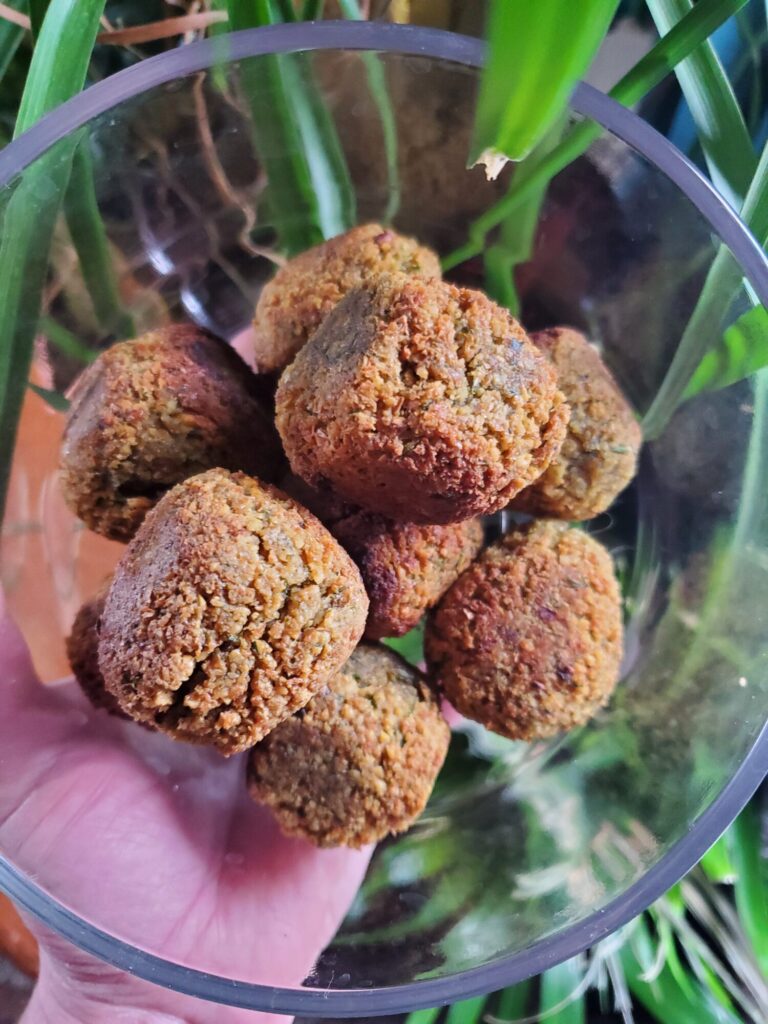
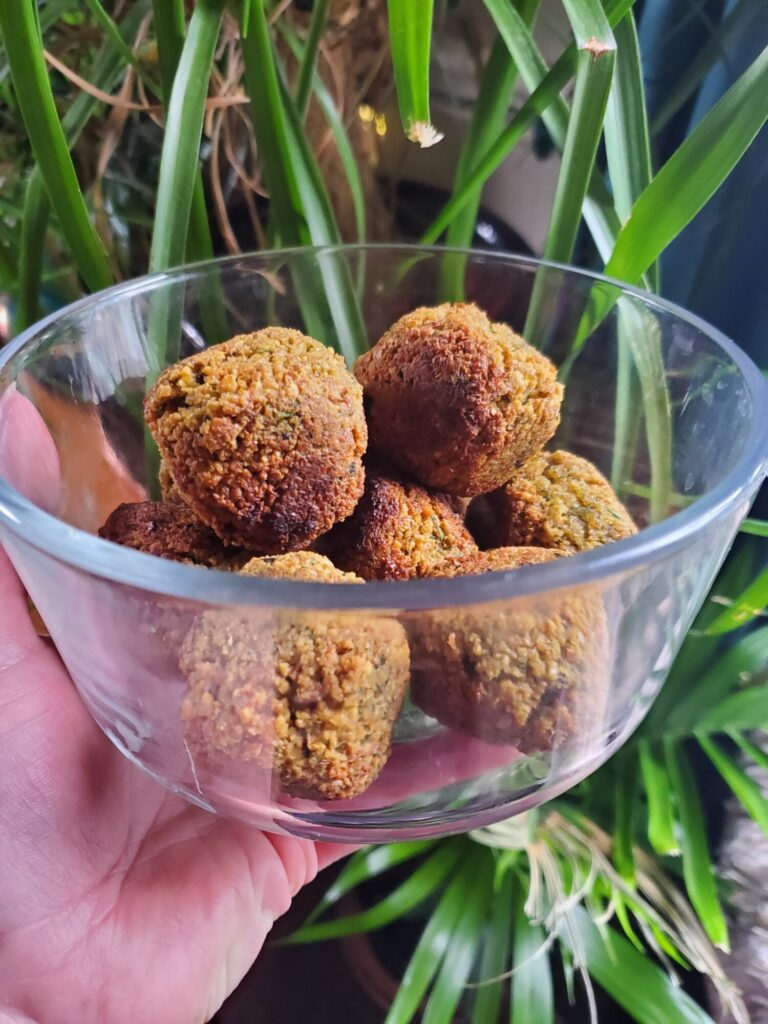
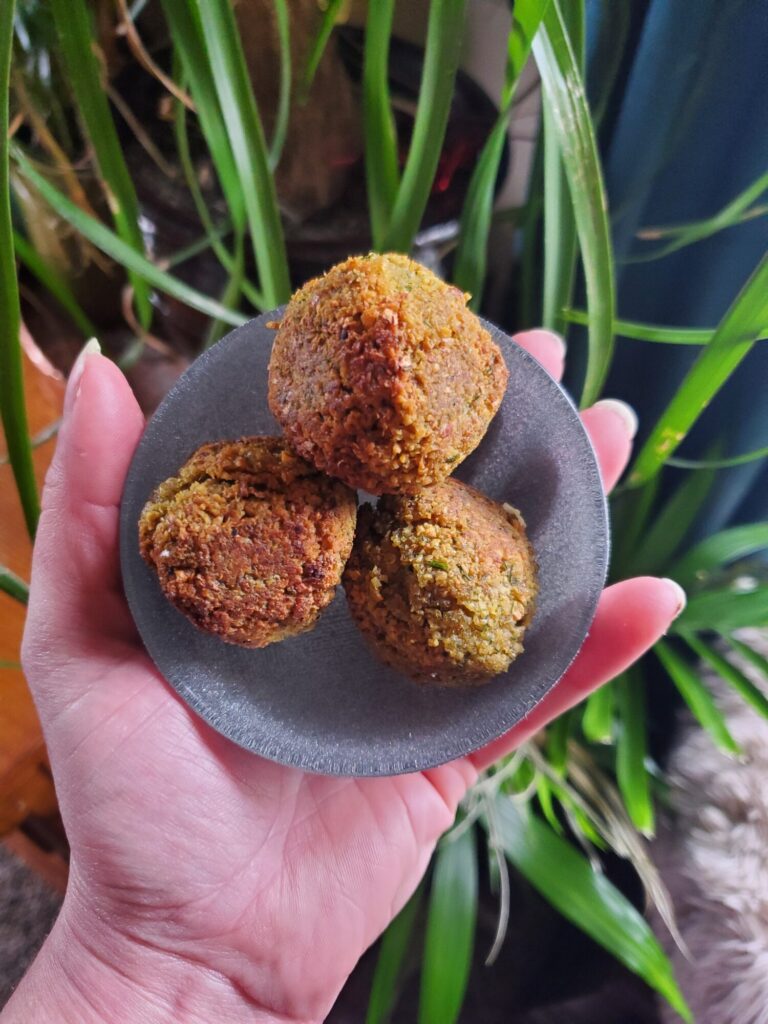
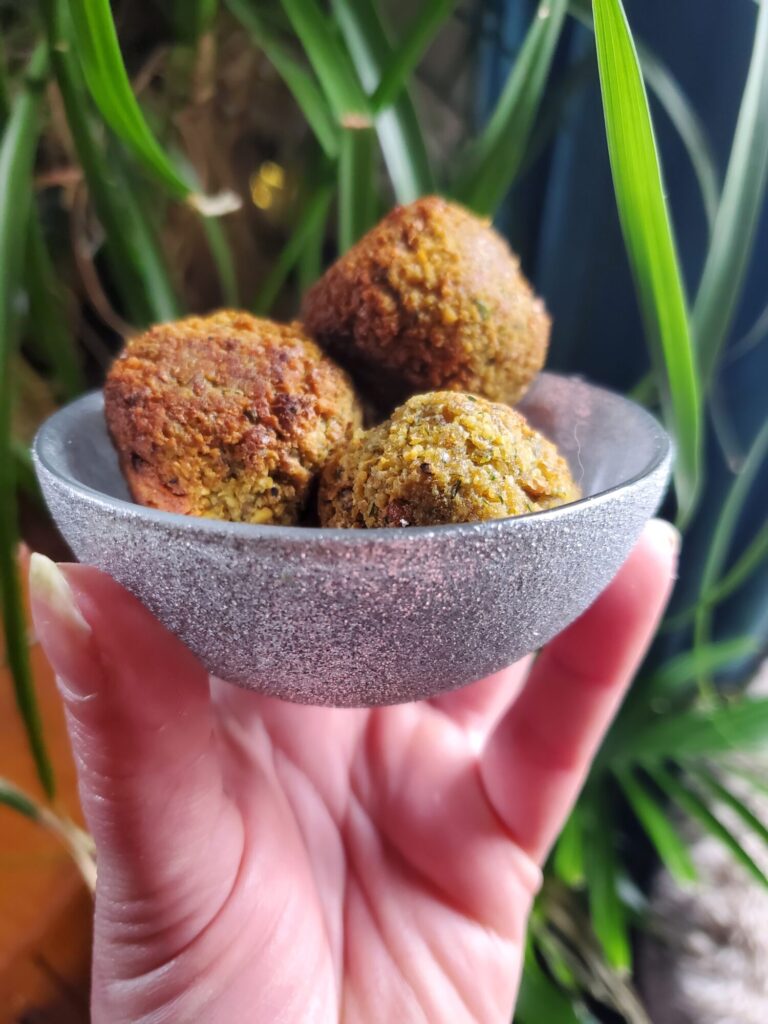
What to Make w/ Falafel
Obviously I made falafel balls with the intention of wrapping it in pita bread! Which you can do in various different ways with different ingredients. Although I also tried my hand at turning this into a burrito after I ran out of pita. And, while this is not the most classic of ideas! It did work in a pinch for my leftovers. I would also suggest using falafel to top off eggs or even as a vegan meatball substitute.
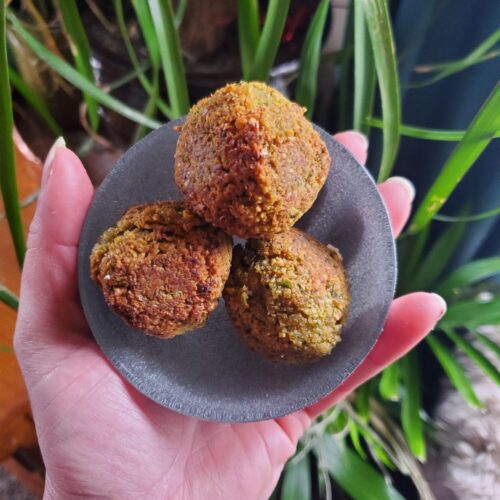
Falafel w/ Dill & Green Onions
Equipment
- Food Processor
- Skillet (preferably cast iron)
- Stovetop (or Deep Fryer)
Ingredients
- 1 c. dried chickpeas soaked overnight (NOT canned & NOT cooked)
- 1/2 shallot minced
- 3 cloves garlic
- 1 tsp. salt
- dash pepper
- dash cayenne powder
- 1 tsp. cumin
- 1/2 tsp. coriander
- 1/8 tsp. fenugreek (optional, if you can find it)
- 3 sprigs green onion
- 1 c. dill (~1/2 bunch, you can also use parsley, cilantro, dill, or any combination thereof)
- dollop high-heat oil
Instructions
Soak Chickpeas
- Place dried chickpeas in a bowl and cover with cold water. Soak overnight, or for 12-24 hours.The chickpeas will roughly double in size, so make sure to use a large enough bowl and add enough water to accommodate this. Roughly 2-3 inches should be enough. Although it can also help to drain and refill with cold water at least once, especially if you’re soaking for more than 12 hours.
Prepare Falafel
- After at least 12 hours, drain the water from the chickpeas.
- Place all ingredients, except for the high heat oil, into a food processor. Pulse until chickpeas just start to break down. You don’t want large chunks of chickpeas or onions, but you also don’t want a paste. You’re shooting for roughly the texture of very coarse cornmeal.
- Remove from the food processor and chill for at least 15 minutes.
- Ball up a little of the chilled batter. They should be about an inch wide and you should be able to get about two dozen falafel out of this recipe.
Lightly Fry
- Meanwhile, heat high-temperature cooking oil over medium-high heat. I like to do this in a cast iron pan, but any high-temperature skillet is fine.
- Gently slide into the oil with a slotted metal spoon or deep fryer basket. The heated oil may sputter, so don't do this with your hands and keep your face away from the oil!
- Cook for 2-3 minutes and then rotate, cooking another 2-3 minutes until the falafel is crisp and lightly browned on the outside.It can be helpful to do this is small batches. If the falafel comes out super hard a crispy or if the oil spatters violently when you add the batter, turn down the temperature and let rest for a few minutes before proceeding again. The goal is a light fry, not a deep fry.
Tips, Tricks, & Notes
- Do not let the chickpeas soak for more than 24 hours! This is important. Chickpeas need to absorb water to soften them enough to eat. However, soaking up too much water can make them difficult to fry. Twelve hours is ideal. Although there is some wiggle room there. Just don't let them soak for more than 24 hours.
- This is also why you don’t want to use cooked or canned chickpeas. Chickpeas need to be soaked before they’re cooked. They will absorb even more liquid during the process, though. When chickpeas over-hydrate, their starch molecules will burst. Best case scenario, this can leave you with a gritty texture. Worst case scenario, your falafels are going to break apart during the frying process.
- I don’t like to deep fry things. It requires more oil than I’m willing to put into most endeavors, is potentially quite messy, and I just simply don’t like consuming that much oil! So, oftentimes I’ll lightly fry or air fry things. You can certainly fill a high heat pot with high heat oil and deep fry falafel, though. This will cut your cooking time down. I have more specific instructions for this in the article above.
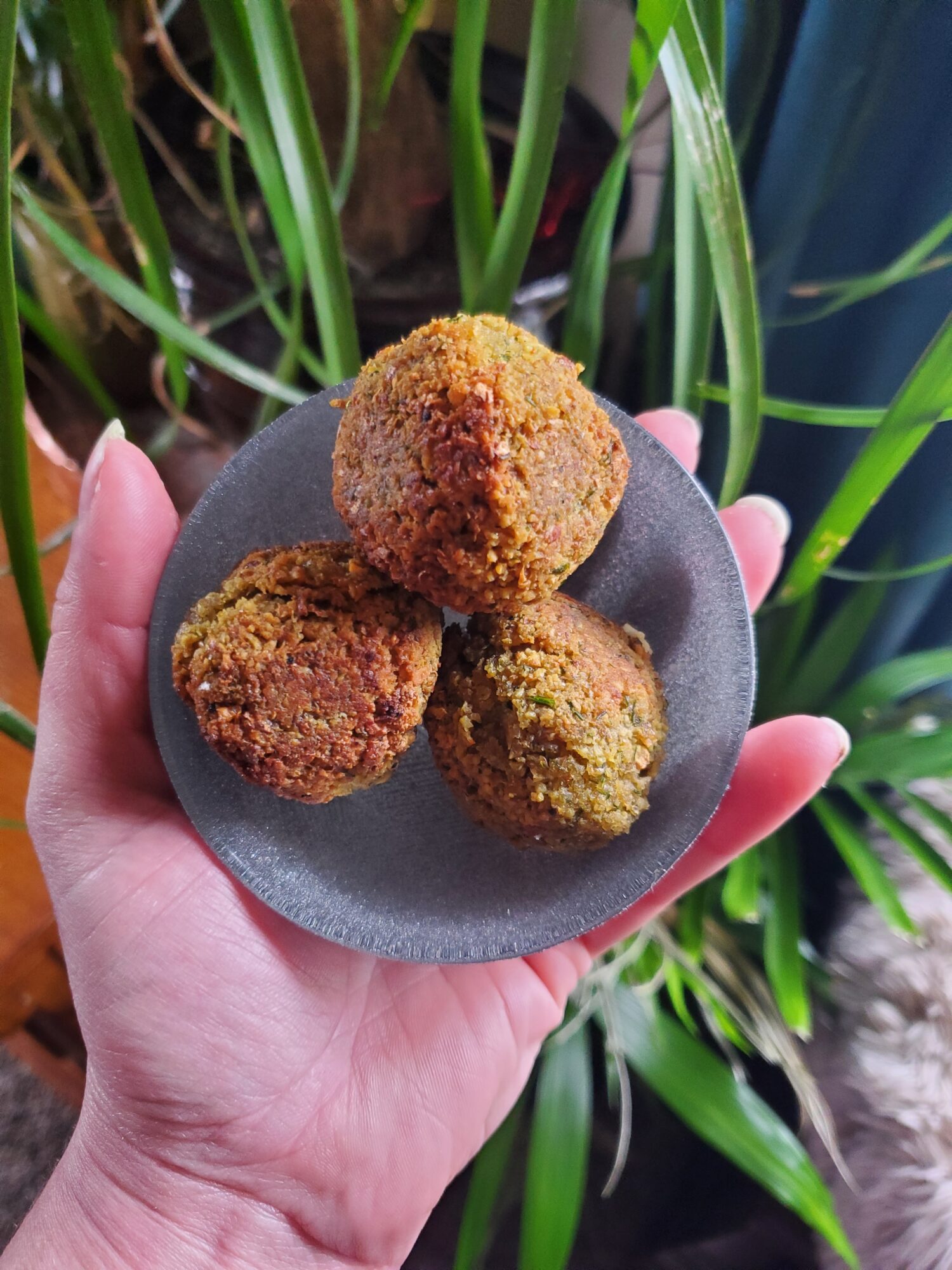
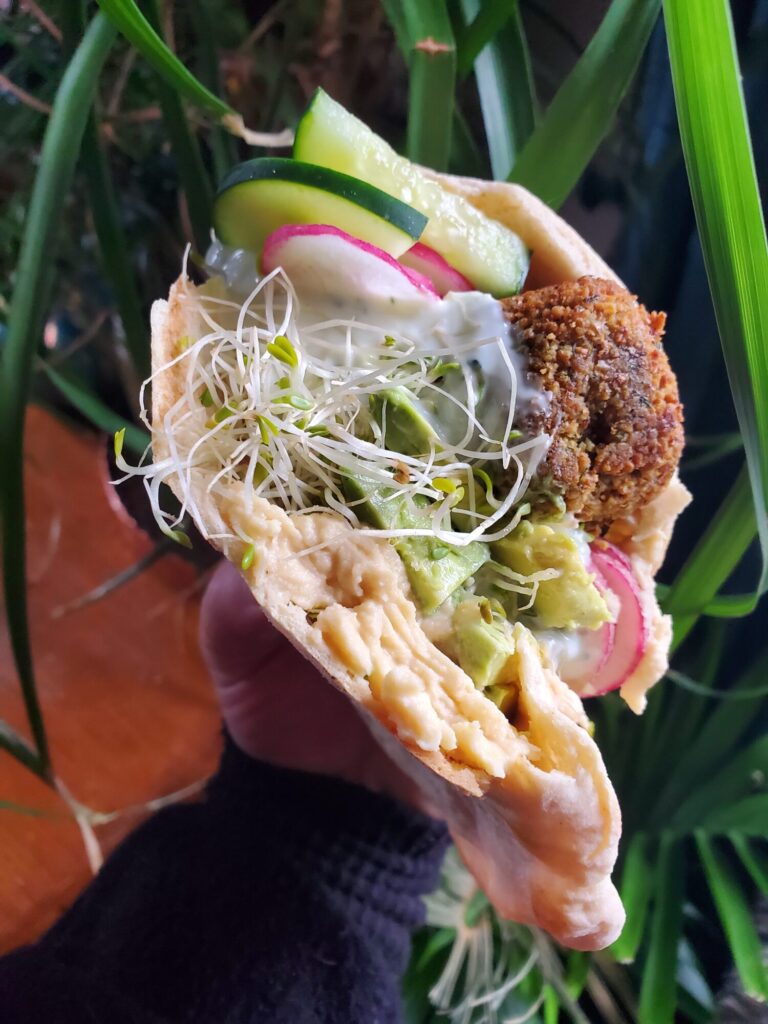
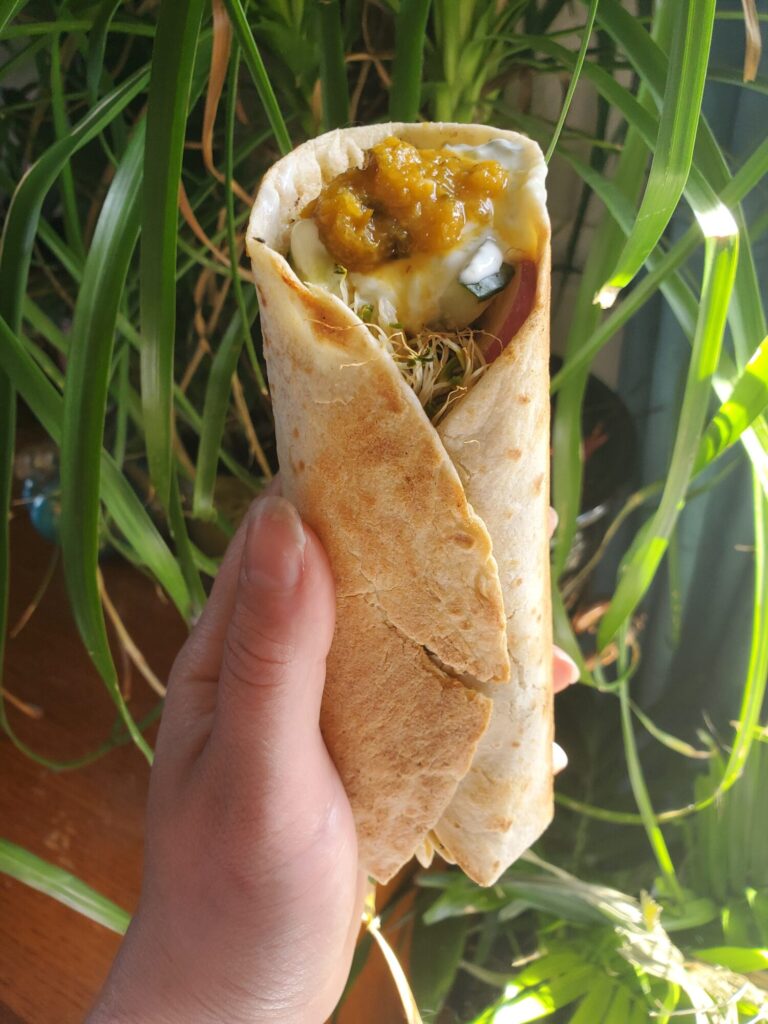

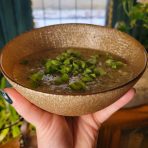
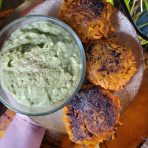


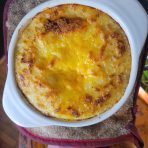
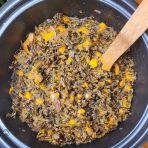
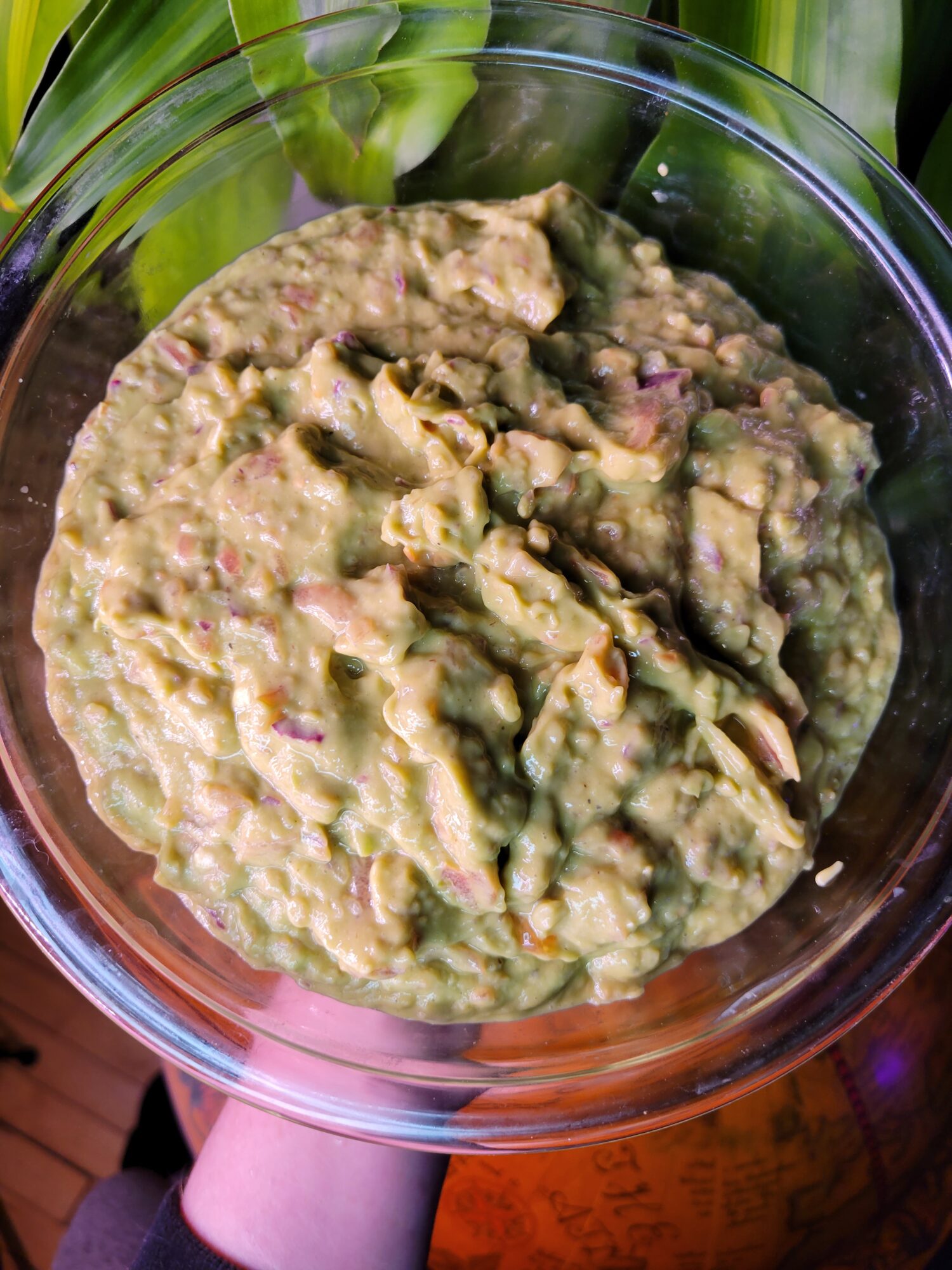
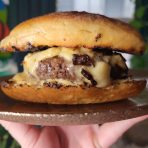
Leave a Reply